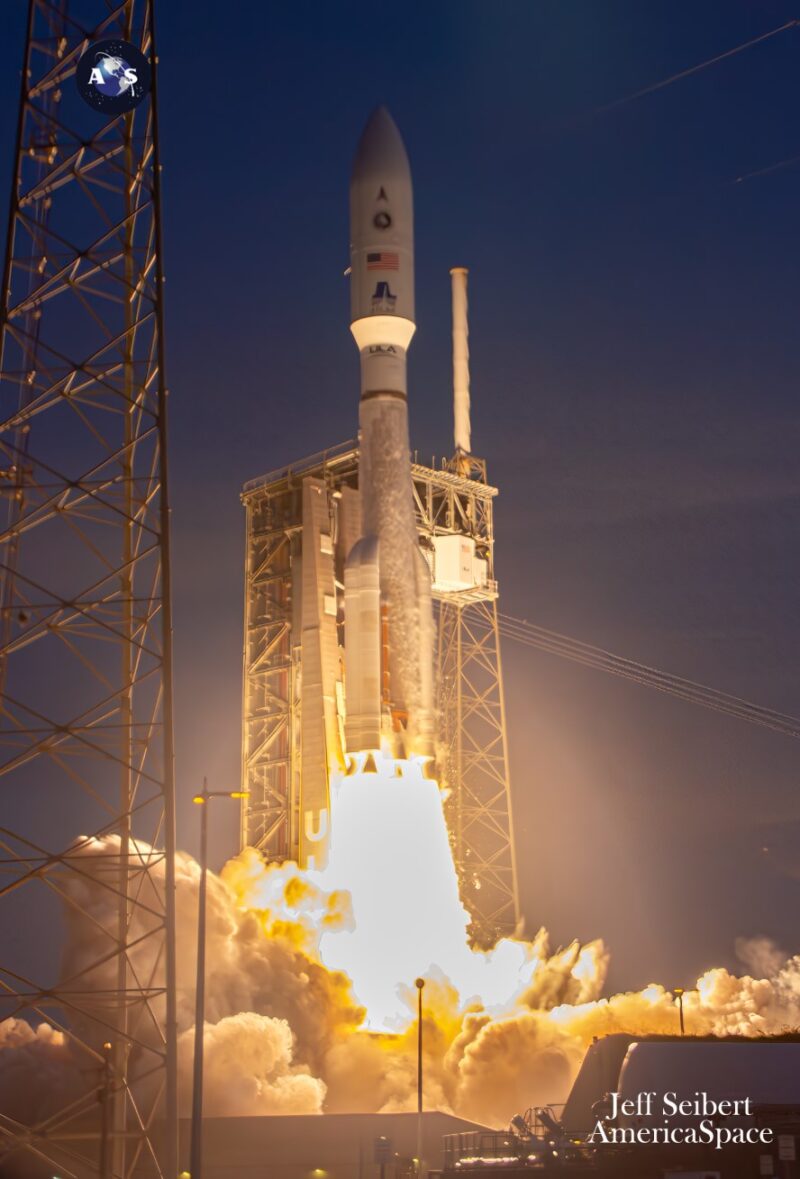

This morning marked the end of an era for United Launch Alliance (ULA). At daybreak, the defense contractor's Atlas V rocket launched its final national security mission for the United States Space Force (USSF). USSF-51 placed a classified satellite into an undisclosed orbit. It was the 58thHe and the final national security mission for the Atlas V, the flagship member of a rocket family that has served the United States since the dawn of the space age. While the Atlas will continue to launch Starliner crew capsules and Amazon Kuiper satellites through the end of the decade, the military is transitioning all of its payloads to a new generation of launchers.
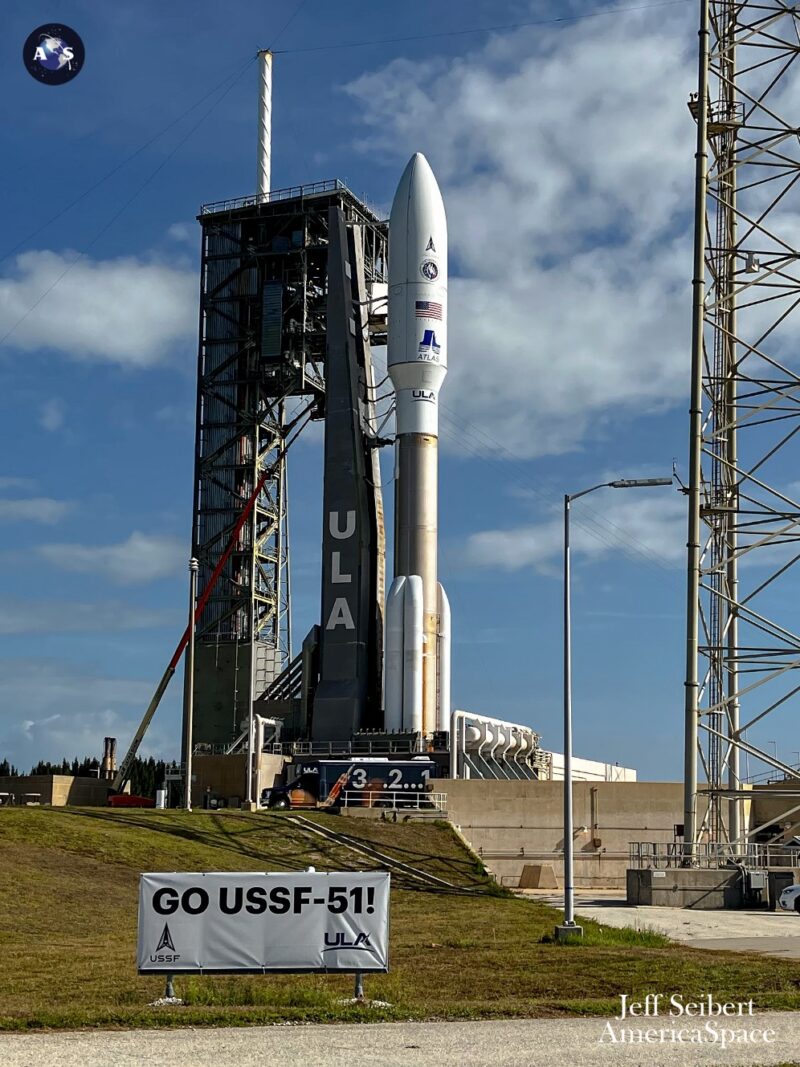

USSF-51 was not originally supposed to fly on an Atlas V. The Space Force awarded the contract to ULA, a joint venture between Boeing and Lockheed Martin, in 2020 as its first mission under the National Security Space Launch (NSSL) Phase 2 program. The company had intended to launch the satellite on its next-generation Vulcan rocket. However, the mission was moved to an Atlas V in 2021, largely due to delays in the development of The BE-4 main engines that Blue Origin is building for Vulcan (1). This decision ultimately led to a spectacular send-off for the last military Atlas V.
Today’s launch used the “551” configuration of the Atlas V. This rocket variant, nicknamed “The Bruiser” by ULA CEO Tory Bruno, is the most powerful Atlas V in service. It features five attachable solid boosters to maximize thrust at liftoff, a fairing with a diameter of five meters to accommodate large payloads, and a Centaur upper stage with a single engine. Rocket assembly began July 3 when ULA teams secured the bronze-colored Atlas booster to its mobile launch platform. The five smaller side boosters were then bolted into place, followed by the Centaur and the already-encapsulated classified satellite. The flight-ready rocket was deployed to Space Launch Complex 41home to four generations of Boeing, Lockheed and ULA rockets, on July 27.
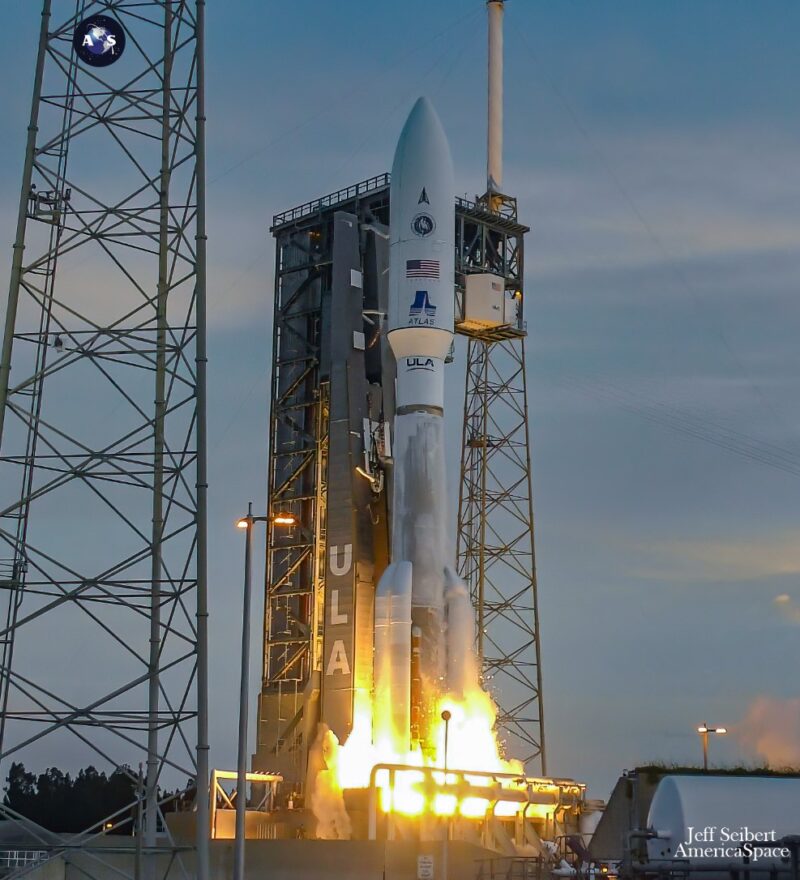

The Space Force's latest Atlas V mission began less than a half-hour after sunrise. At 6:45 a.m., the rocket ignited its two RD-180 main engines. Two seconds later, all five mating boosters ignited simultaneously, providing the thrust needed to lift the rocket off the launch pad. The soft light and stark shadows of the “golden hour” produced a beautiful sight for Space Coast residents watching the launch. Almost immediately, the Atlas V began to pitch downward to accelerate toward orbit. The rocket accelerated rapidly under the thrust of the five boosters, leaving an extensive plume of smoke in its wake.
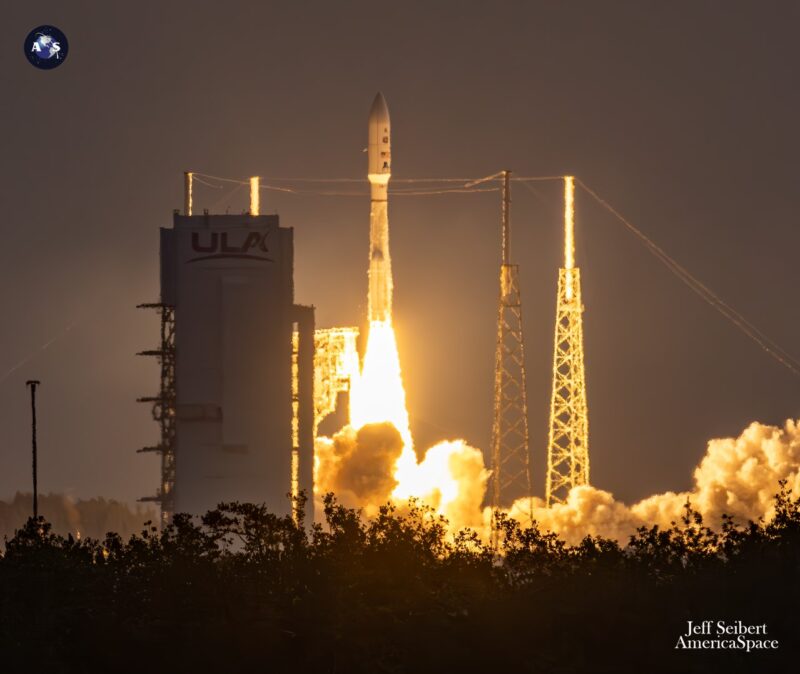

Just 35 seconds after liftoff, USSF-51 reached Mach 1. One minute and 45 seconds after liftoff, the boosters exhausted their last fuel and were jettisoned, drifting away from the rest of the rocket. Just three minutes after the Atlas V lifted off from SLC-41, the payload fairing followed suit. The next milestone in the flight was scheduled to be first stage separation. However, ULA ended its broadcast at the time of fairing separation to protect the identity of the Space Force payload. The timing of the milestones for the remainder of the mission, including the number of burns the Centaur will perform and their durations, are classified to maximize the tactical advantage USSF-51 will provide to military service members.


The precise identity of the USSF-51 is a closely guarded secret. Some media outlets wrote that the satellite was headed for a geostationary orbit (e.g., 2). This is a popular destination for military spacecraft, as it allows them to keep an eye on a single point on Earth; taking advantage of Centaur's eight-hour endurance to place satellites directly into these orbits is one of ULA's specialties. However, even this has not been confirmed by ULA or the Department of Defense (DoD).
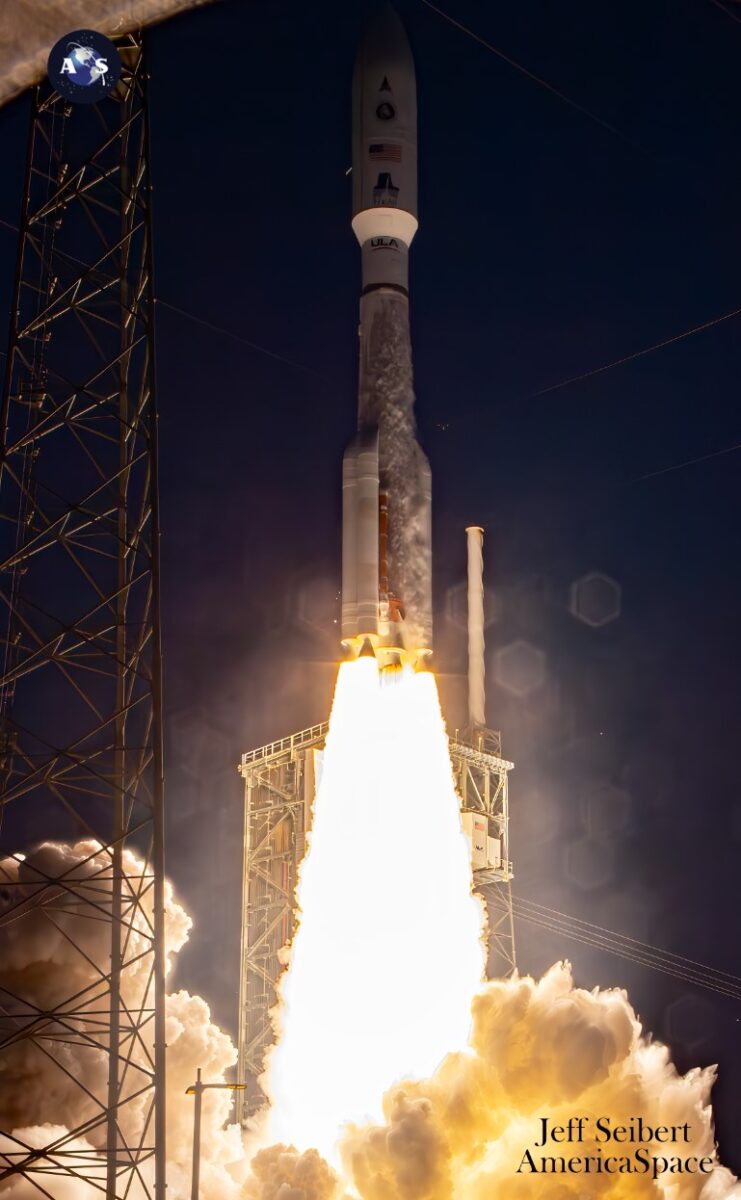

We know that USSF-51 is likely not a spy satellite. ULA has launched both Orion signals intelligence spacecraftand KENNAN High-Resolution Imaging Missions of the Pastbut these launches typically receive National Reconnaissance Office (NRO) designations rather than USSF identifiers. Other Space Force Atlas V missions have launched Global Space Situational Awareness Program (GSSAP) satellites that inspect enemy spacecraft, Space Based Infrared System (SBIRS) satellites that provide early warning of ballistic missile launches, and Advanced Extremely High Frequency (AEHF) satellites that facilitate communications between large networks of ships, aircraft, and ground forces.
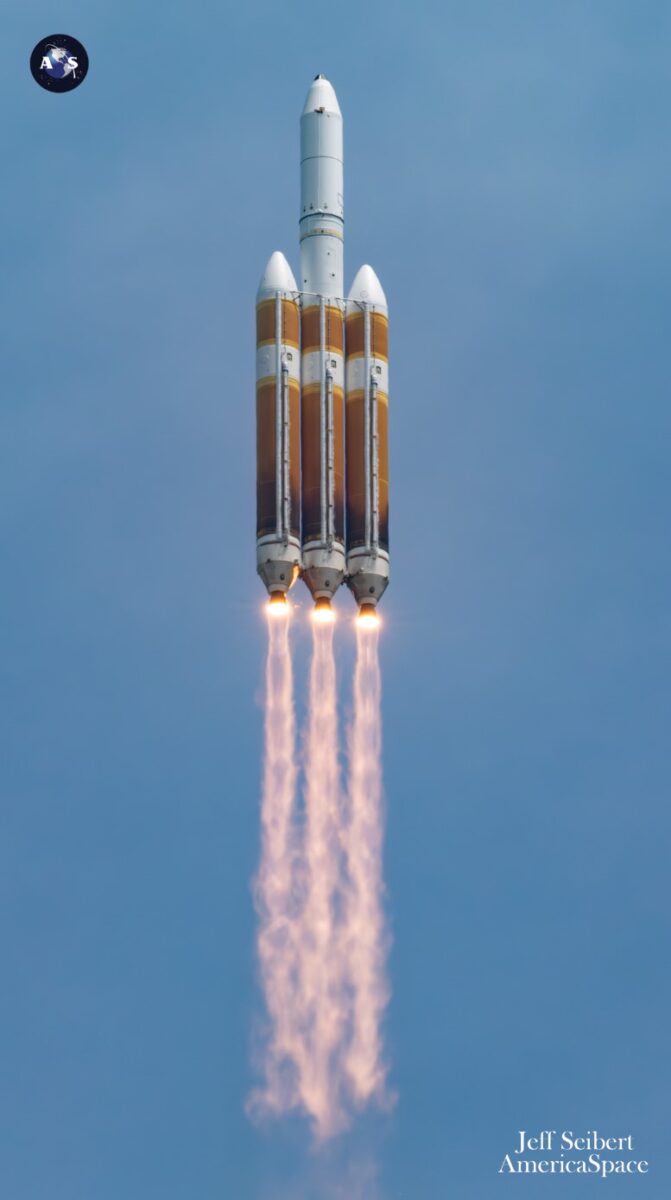

These three classes of spacecraft are the most likely candidates for the USSF-51 payload. According to Space Operations Command (SpOC), the next GSSAP satellite was scheduled to be deployed this year (3). This might be the most plausible identity for the newest member of the Space Force fleet based on current data. However, the true identity of the USSF-51 will likely remain a mystery for some time. “It's one of the most critical payloads we've launched to date,” said ULA Vice President Gary Wentz (4).


Bruno confirmed that Atlas V successfully reached orbit (5). This brought with it its 58He and the final military mission came to an end. USSF-51 was also the ULA's 100th.He The Atlas family of rockets has a long and proud history of upholding U.S. national security. The initial Atlas variant, the SM-65, was America’s first intercontinental ballistic missile. It established nuclear deterrence with the Soviet Union at the height of the Cold War. Later Atlas configurations were paired with the lightweight and efficient Centaur upper stage to enable orbital launches. Numerous upgrades have enabled the Atlas family to place a steady stream of military payloads into orbit for more than six decades, beginning with the MIDAS missile warning satellites in 1960.
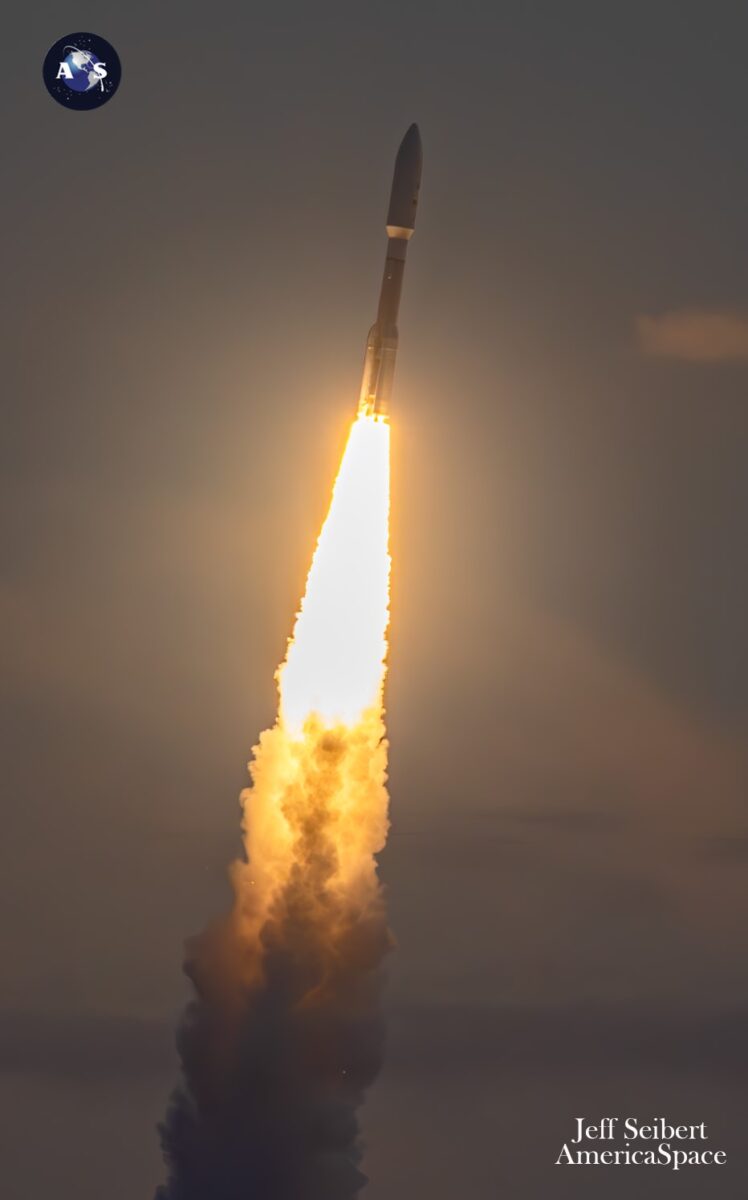

In the end, the Atlas V was priced out of the market. SpaceX's least expensive Falcon family. Since 2015ULA began developing the Vulcan rocket, A more affordable successor to the traditional Atlas and Delta vehicles which will ultimately become partially reusable. Thanks to Vulcan, ULA won the majority of the NSSL Phase 2 contract and is well-positioned to play a key role in the upcoming Phase 3. The new rocket is currently scheduled to take over the military workload from the Atlas V by the end of this calendar year. ULA expects Vulcan to continue the company’s enviable 100 percent mission success rate for years to come.
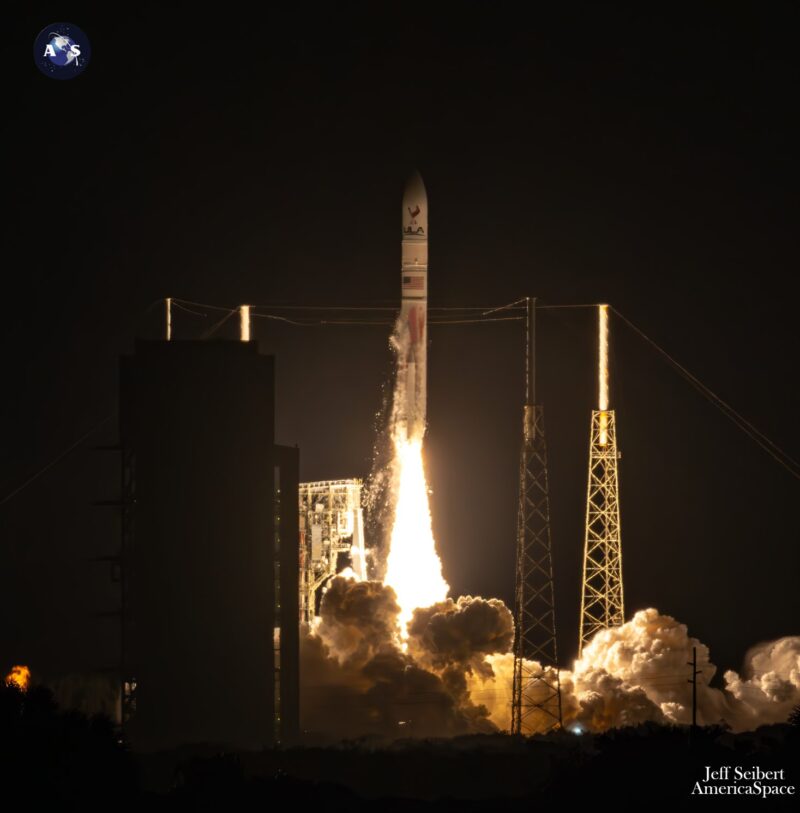

As for the Atlas V, it still has 15 launches left on its manifest. These remaining rockets will deploy one satellite for ViaSat and the first eight satellite broods in Amazon's Kuiper MegaconstellationOther Atlas Boosters Boeing's Starliner capsule launches to the ISS on six crew rotation missions for NASA. So ULA's cargo rocket will occasionally visit the Space Coast through the end of the decade.
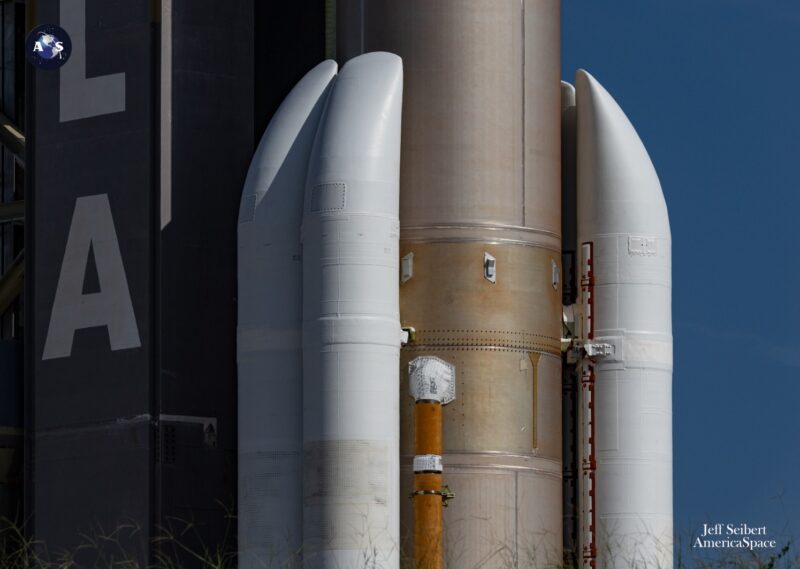









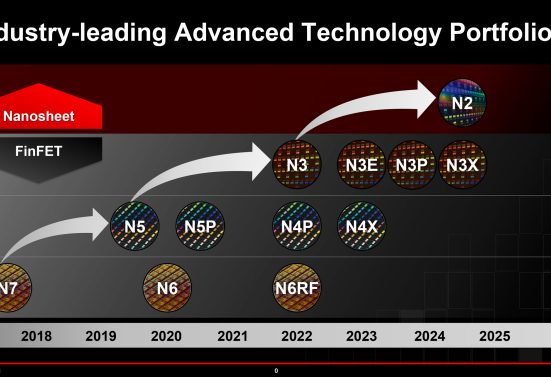
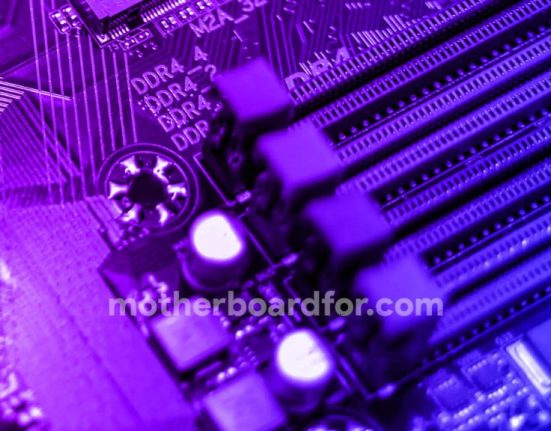

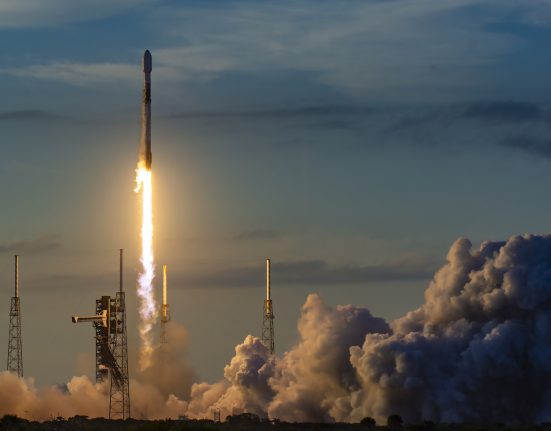
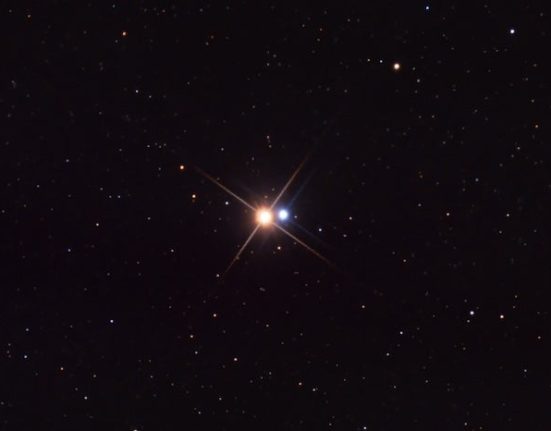
Leave feedback about this